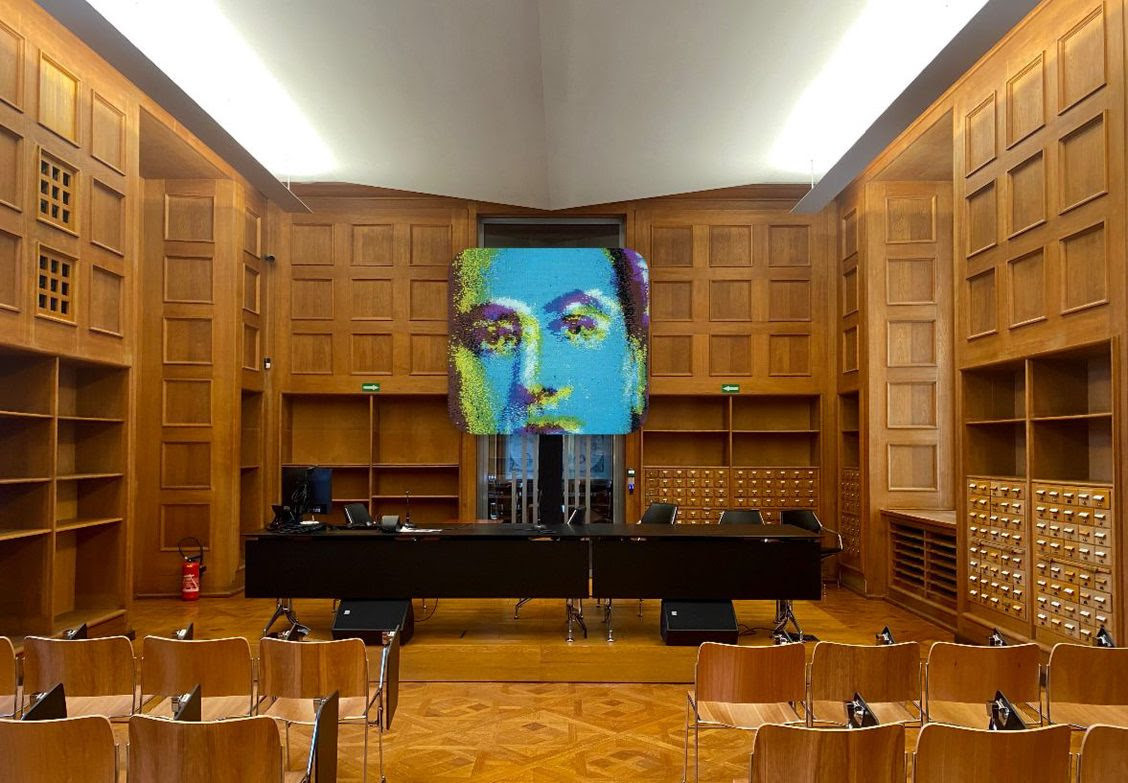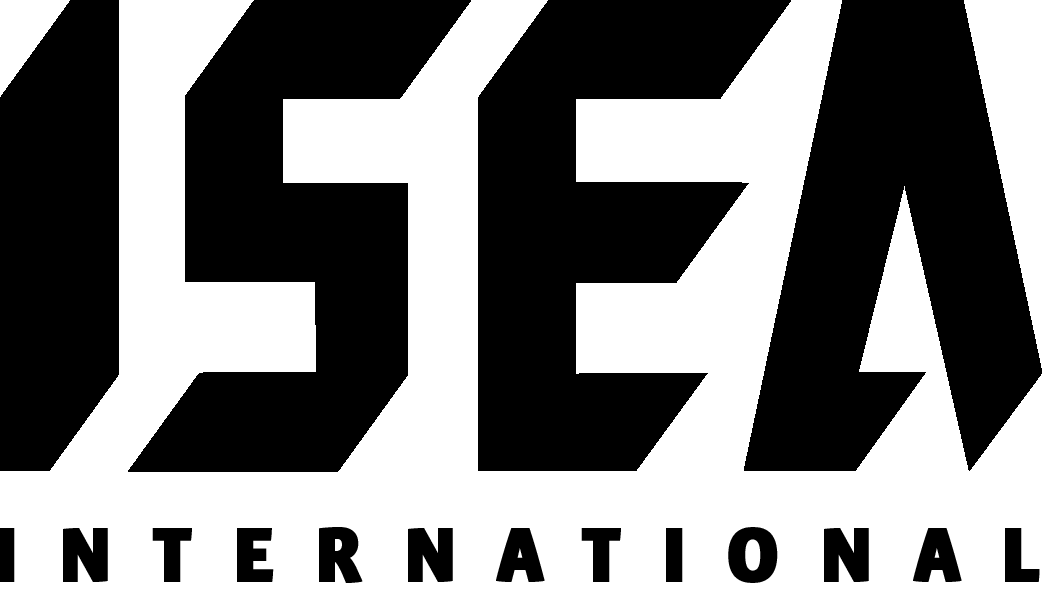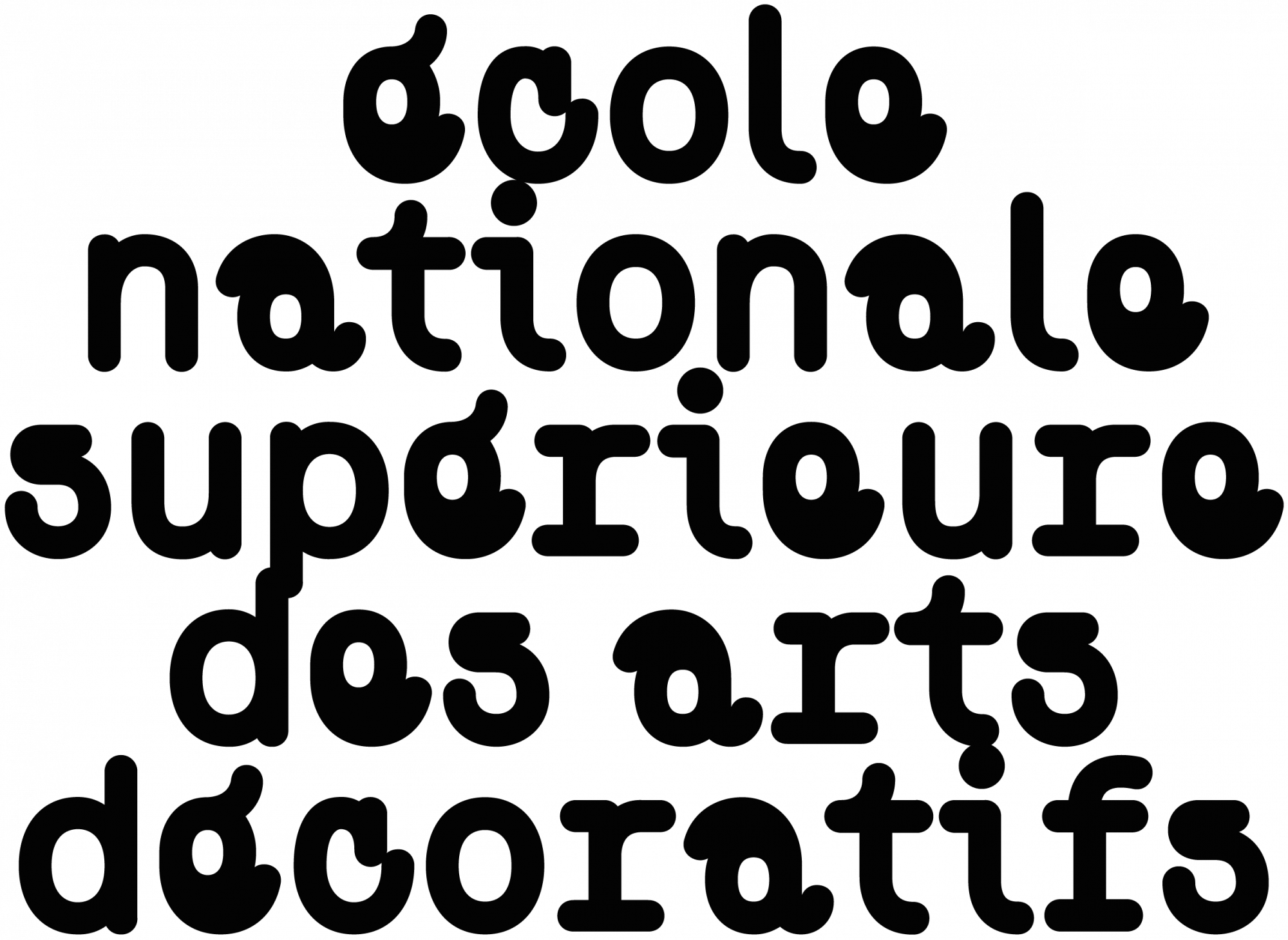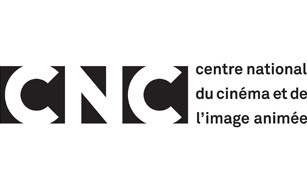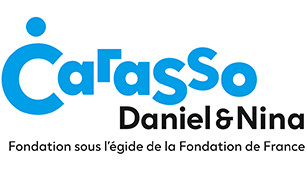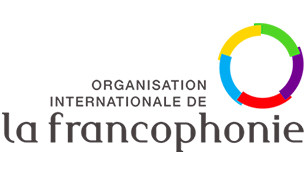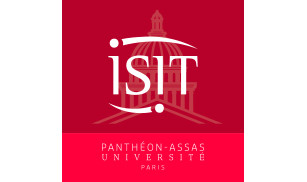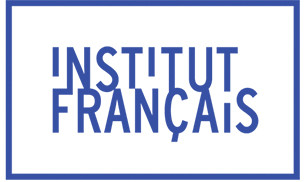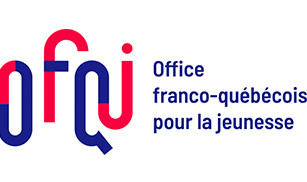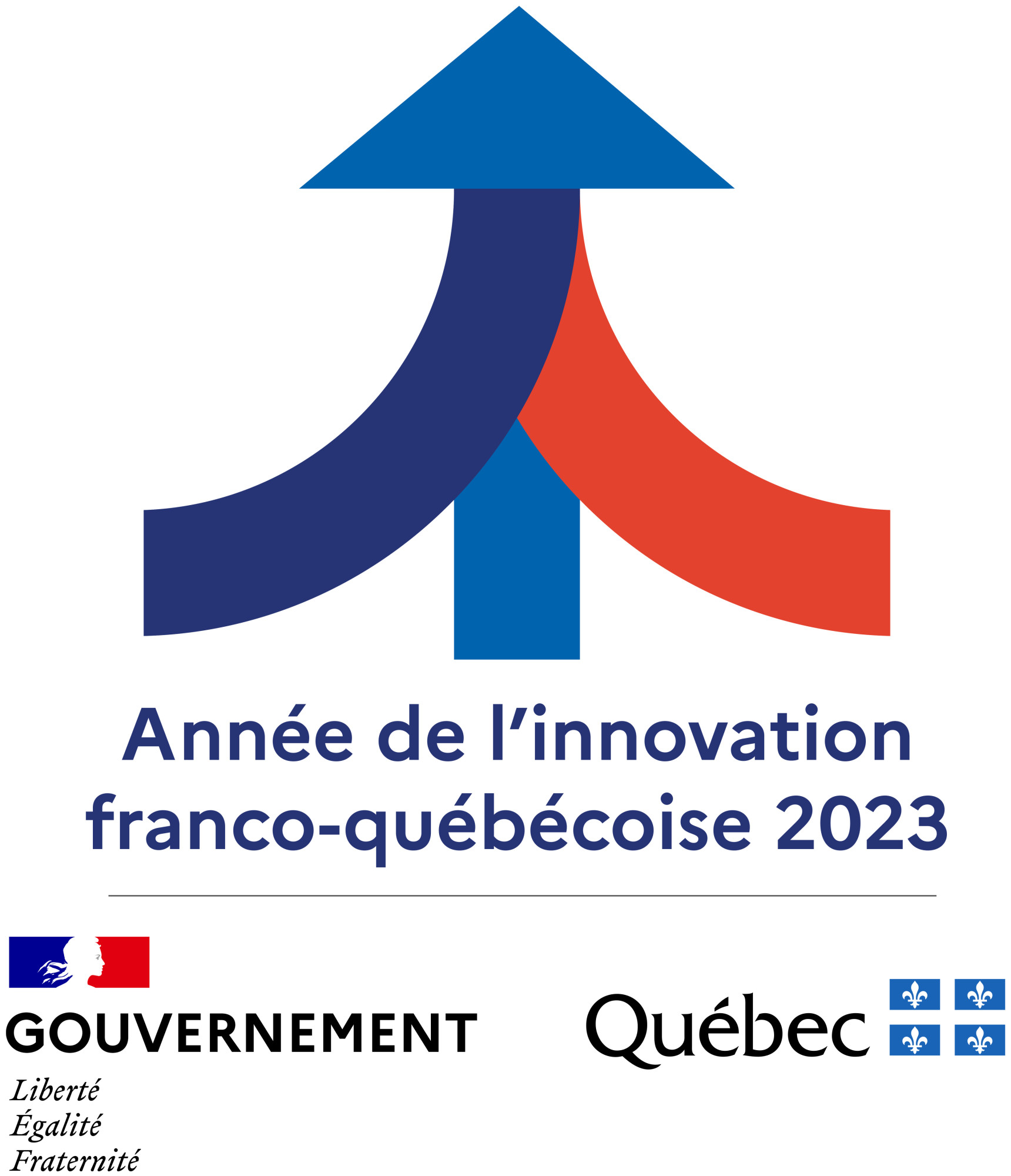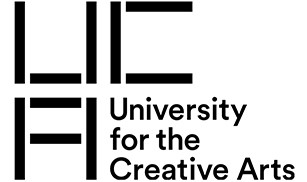From microcosm to macrocosm, lichens reflect the image of an ontological back and forth, the "other" is at the heart of what makes life.
Lichen is a multiple being, it results from the symbiotic association of partners, generally an alga and a mushroom. It simultaneously exposes two levels of organization that question the notion of the individual.
My research on ecology, in the sense of oikos logos, science of the habitat and interactions of living beings between them and with their environment, leads me to look at hidden worlds. What we perceive on a macroscopic scale becomes something else on a nanotechnological scale and yet we look at it with the same eye. What relationships can we perceive in this passage from one world to another? Molecular dimension leads us to reconsider the notion of the individual. At the origin of terrestrial plant life and of all organic forms is a mutualistic process: symbiosis.
In lichens, while this process is complete and the two structures are exposed separately under the microscope, and while nature allows each of the two individuals to reproduce separately, the process only presents a unitary vision. In these conditions the one has a complex identity, multiple and one at the same time.
Symbiosis engages possibilities that are not predetermined, nor calculated. As Anna Lowenhaupt Tsing points out in her book The Mushroom at the End of the World, "arrangements are always open gatherings. They allow us to question the effects of community without having to assume them. [...] Agencies do not just put together ways of living; they make them."
CURATOR
Jean-Marie Dallet
ARTIST
Pascale Gadon-González
MORE INFORMATION



